1.1 Basis for preparation
General basis for preparation of the sustainability statement
The consolidated sustainability statement includes the sustainability statement of PostNL N.V. and its consolidated subsidiaries (hereafter referred to as ‘PostNL’, ‘Group’ or ‘the company’) for the reporting year ended 31 December 2024.
The scope of the consolidated sustainability statement is the same as for the consolidated financial statements, see the list of group entities in appendix 4 for further information. No subsidiary undertakings are exempt from consolidated sustainability reporting pursuant to Article 19a or 29a of Directive 2013/34/EU.
On certain areas, the sustainability statement scope differs from the financial statements reporting scope:
- Acquisitions, divestments and mergers
New entities acquired during the reporting year will be included in the first reporting year in which the entity was part of PostNL for the entire year. When we divest entities during the year, or when we classify entities as discontinued in our financial reporting, we exclude the sustainability information from the performance data in the report. For material and available information we will report the relevant sustainability performance information separately in this chapter of the report. In the case of mergers, we evaluate appropriate scoping on a case-by-case basis. In 2024, this did not lead to any differences between the financial statements and sustainability statement reporting scope. - Performance by parties in our value chain
Our sustainability statement includes the sustainability information of our value-chain and the subsequent performance of relevant parties, if applicable and available. However, for certain information, we limit our reporting to our own operations. We will explicitly disclose if value chain information is included in the scope of our information. In this case, the sustainability information covers our value chain information in alignment with the material impacts, risks, and opportunities identified by our double materiality assessment, for which we refer to the Our value chain and material topics and Double materiality assessment.
The sustainability statement is authorised for issue by PostNL’s Board of Management and Supervisory Board on 24 February 2025 and are subject to adoption at the Annual General Meeting of Shareholders on 15 April 2025.
Reporting criteria
The consolidated sustainability statement of PostNL:
- Has been prepared in accordance with the European Sustainability Reporting Standards (ESRS) as set out in Annex 1 to the Commission Delegated Regulation (EU) 2023/2772 of 31 July 2023 supplementing Directive 2013/34/EU of the European Parliament and of the Council
- Has been prepared guided by international guidelines, such as the Greenhouse Gas Protocol (GHG), the principles of the United Nations Global Compact (UNGC), Organization for Economic Co-operation and Development (OECD), and the UN Sustainable Development Goals (UNSDG)
- Has been prepared based on supplemental reporting criteria specific to PostNL for entity-specific reporting elements which are not covered by the above. This includes specific reporting methodologies, assumptions, and definitions.
Developments during 2024
Changes in legislation
At the time of publishing our 2024 Annual Report, the Corporate Sustainability Reporting Directive (CSRD) had not yet been formally transposed into Dutch law. Nonetheless, we have chosen to voluntarily report in alignment with the European Sustainability Reporting Standards (ESRS) for the reporting year ended 31 December 2024.
The CSRD replaces previous mandatory reporting directives and applies to PostNL as a large, publicly listed company based in the Netherlands. To support its implementation, the European Union has introduced the ESRS, which set out detailed disclosure requirements under the directive.
Our sustainability statement follows the ESRS framework, providing a comprehensive overview of our approach—from the double materiality assessment (DMA) to the disclosure of key reporting requirements. This includes our performance in managing material sustainability impacts, risks, and opportunities.
Ambition
We strive to be a leader in the transparent reporting of sustainability information. As an organisation that learns continuously, we are committed to ongoing improvement and development. The sustainability statement has been prepared in a context of new sustainability reporting standards requiring entity-specific and temporary interpretations. With 2024 marking the first year of the CSRD implementation, we will incorporate both internal and external lessons learned in the years ahead. We will also consider the latest insights and requirements in reporting, evolving guidelines, and practical implications, ensuring our approach remains robust and forward-looking.
ESRS content index
The ESRS content index lists the disclosure requirements we complied with in preparation of the sustainability statement, following the outcome of the materiality assessment including referencing where the related disclosure requirements are located in the sustainability statement or explanation in case the requirement is not applicable to us, refer to the ESRS content index.
International guidelines
Aligning with Taskforce on Climate related Financial Disclosures (TCFD)
PostNL recognises that climate change events can have an impact on our company and business. For many years, PostNL has included the reduction of GHG emissions in its strategy, and since 2018 we have externally disclosed the alignment of our climate action approach to TCFD. Throughout this report, we have addressed all four TCFD reporting recommendation elements to a relatively high level. We published a TCFD report in which we disclose in more detail the relevant aspects of the TCFD recommendations in the context of our operations and value chain. The report can be found here.
Greenhouse Gas Protocol
PostNL uses the reporting criteria as defined by the Greenhouse Gas Protocol to report its greenhouse gas (GHG) emissions. The production of direct and indirect CO2 emissions represents the main GHG of PostNL. We also take other GHG emissions into account, such as CH4 and N2O, and report our climate change impact in CO2 equivalents.
Commitment to UN Global Compact
As a UN Global Compact signatory since 2012, PostNL reports annually through an online submission the progress we are making to implement the ten UN Global Compact principles. These are related to human rights, labour, environment and anti-corruption. Aligned with the UN Guiding Principles on business and human rights, PostNL integrates these principles into our policies and practices, ensuring a commitment to respecting human rights across our operations and value chain. The UN Global Compact reference table appendix 3 provides an overview of the ten principles, and references the descriptions of progress made on those principles, in this report.
OECD guidelines
In relation to our international activities, we endorse the guidelines for multinational enterprises on responsible business conduct published by the Organisation for Economic Co-operation and Development (OECD). These non-binding guidelines provide recommendations in a global context consistent with internationally recognised standards and laws, and are the basis on which our human rights due diligence is based.
Contributing to the SDGs
The Sustainable Development Goals are a call to action by the United Nations (UN) to make progress on 17 global challenges in relation to peace and prosperity for people and planet. While the goals are agreed at government level, the call to action also applies to businesses. The SDGs are interrelated and relevant for PostNL, as we have an impact on all 17, both through our own operations and/or indirectly through our value chain. We actively engage with all SDGs while maintaining a strategic focus at the group level. This targeted approach enables us to enhance our impact on those SDGs most closely aligned with our core business activities, ensuring that our efforts are both meaningful and effective.
Based on SDG impact analysis and dialogue with our stakeholders, we identified and focus on four main SDGs. We connected our contribution to these SDGs with the long-term value creation process as described on pages 21 to 23 in the Our value creation model chapter. The most direct impact of our business operations related to SDG8 and SDG13. On SDG9 and SDG12 we look beyond our own operations and proactively engage with partners in our value chain to make progress. We have mapped the material topics to the focus SDGs and the contribution they make to the linked SDGs, as seen in the table on page 240.
We distinguish our impact between doing good (improving our positive impact) and avoiding harm (mitigating negative impact). For each SDG, we mapped the relevant PostNL topics to the related SDG sub goals to provide insight into where our contribution to the SDGs is to do good and where to avoid harm. The SDGs and sub goals (or sub targets as defined by the UN) are described qualitatively. We link the SDGs to our strategy through our key material topics and other relevant topics from our materiality matrix. We defined performance indicators on all our key material topics.
SDG 8: Decent work and economic growth
PostNL goal
Provide decent working conditions for our people, contribute to e-commerce growth, grow profitably and maintain an accessible, reliable and affordable postal service.
Our approach
We provide direct and indirect employment to more than 50,000 people. The health, safety and well-being of people working with and for us is our first priority (SDG 8.8). Our efforts in safeguarding road safety contributes to good health and well-being (SDG 3.6). Safety also includes psychological safety, which is why we focus on diversity, equity and inclusion in our human resources policy. This is linked to reducing inequalities (SDG 10.2). We want to be a good employer with favourable working practices. This also includes fair compensation (SDG 8.5), helping our people to develop themselves (contributing to quality education (SDG 4.3 and 4.5) and gender equality (SDG 5.5). Our strategy is based on continuous growth. As a logistics and postal service provider, we contribute to economic growth in both the regions and value chains in which we operate (SDG 8.1). Alongside this growth, we want to remain relevant by becoming more effective across our business and accelerate digitalisation to support this. We also want to transform through innovation (linked to SDG 9.5) towards greater integration in the ecosystems we are part of (SDG 8.2).
SDG 9: Industry, innovation and infrastructure
PostNL goal
We want to provide accessible, reliable postal services in the Netherlands as the dedicated postal operator. At the same time, we are continually developing our parcels network to capture growth effectively. We want to maintain and strengthen our state-of-the-art networks, which requires innovation and collaboration with business partners to develop the right infrastructure.
Our approach
We continue to invest in our network infrastructure, digitalisation and sustainability to further improve our core logistics (SDG 9.4). At the same time, we drive innovation through digitalisation to become a logistics market player more integrated with the ecosystems we are part of. Collaborating with our value chain partners on innovation is crucial for our long-term success (SDG 9.5). Improving our services and processes through re-designs based on customer journeys is one example. Developing new ways of working based on technology is another, which can be seen in our small parcel sorting centre. This sorting centre uses technology through robotisation to develop new processes that benefit PostNL and our customers. We are dependent on technological developments and other business partners to design and implement new ways of working, such as the transition to an electric fleet. For example, using solar panels as an energy source for our sorting centres is one area in which innovation and infrastructure helps us make a positive impact on affordable and clean energy (linked to SDG 7.2). And our switch to using electric vehicles in city centres, such as light electric freight vehicles (LEFVs), is helping us lower emissions while minimising traffic nuisance to improve accessibility (linked to SDG 11.2).
SDG 12: Responsible production and consumption
PostNL goal
We want to reduce our ecological footprint by changing the way goods and resources are produced and consumed in collaboration with others within our value chain.
Our approach
We engage with partners in our value chain to promote more sustainable alternatives, such as smaller, more sustainable packaging. This includes using natural resources more efficiently, and minimising pollution/waste to air, land and water, which relates to environmental aspects (linked to SDG 11.6) and health and well-being of people (linked to SDG 3.9). At the same time, we are becoming ever-more transparent about our direct and indirect environmental impact, and take actions to make our procurement practices compliant with legal requirements and our own policy. Waste management forms part of our certified environmental management system and is bound to (local) regulations. As well as reducing or treating our own waste in the best ways possible, we also engage with suppliers and customers on this topic, such as in relation to more sustainable packaging. Our purchasing department aims to add two purchased goods per year that are made of circular resources. And in a bid to move closer to a circular economy, we are working with a number of e-tailers to collect and recycle e-waste.
SDG 13: Climate action
PostNL goal
Reduce our impact on climate change by implementing measures to reduce our GHG emissions across all of our operations.
Our approach
We designed our emission-reduction targets to contribute to limiting global warming in line with the Paris Agreement on climate change. These targets are set to reduce direct and indirect GHG emissions from our own operations and outsourced activities (SDG13.2). Beyond our own climate action, we want to stimulate our logistics partners to decarbonise their activities for us by raising awareness and promoting active engagement. We have established long-term Science-Based Targets (SBT), approved by the SBT Initiative, to reduce our environmental footprint and drive sustainable growth of the business. Climate change impact goes beyond sustainable logistics at PostNL. With our targets and experience, we are actively engaged with our value chain partners on both climate change mitigation and adaptation through dialogues and partnerships at different levels (SDG 17.6). As a UN Global Compact signatory since 2012, PostNL reports annually, through an online submission, the progress we are making to implement the ten UN Global Compact principles. These are related to human rights, labour, environment and anti-corruption. The UN Global Compact reference table appendix 3 on page 383 provides an overview of the ten principles, and references the descriptions of progress made on those principles, in this Annual Report.
PostNL Connecting value creation to SDGs
| Connecting our value creation to focus and interrelated SDGs | |||||
|---|---|---|---|---|---|
| Value | Ambition | SDG | Focus SDG - sub target | SDG | Linked SDG - sub target |
| Customer value | Doing good | 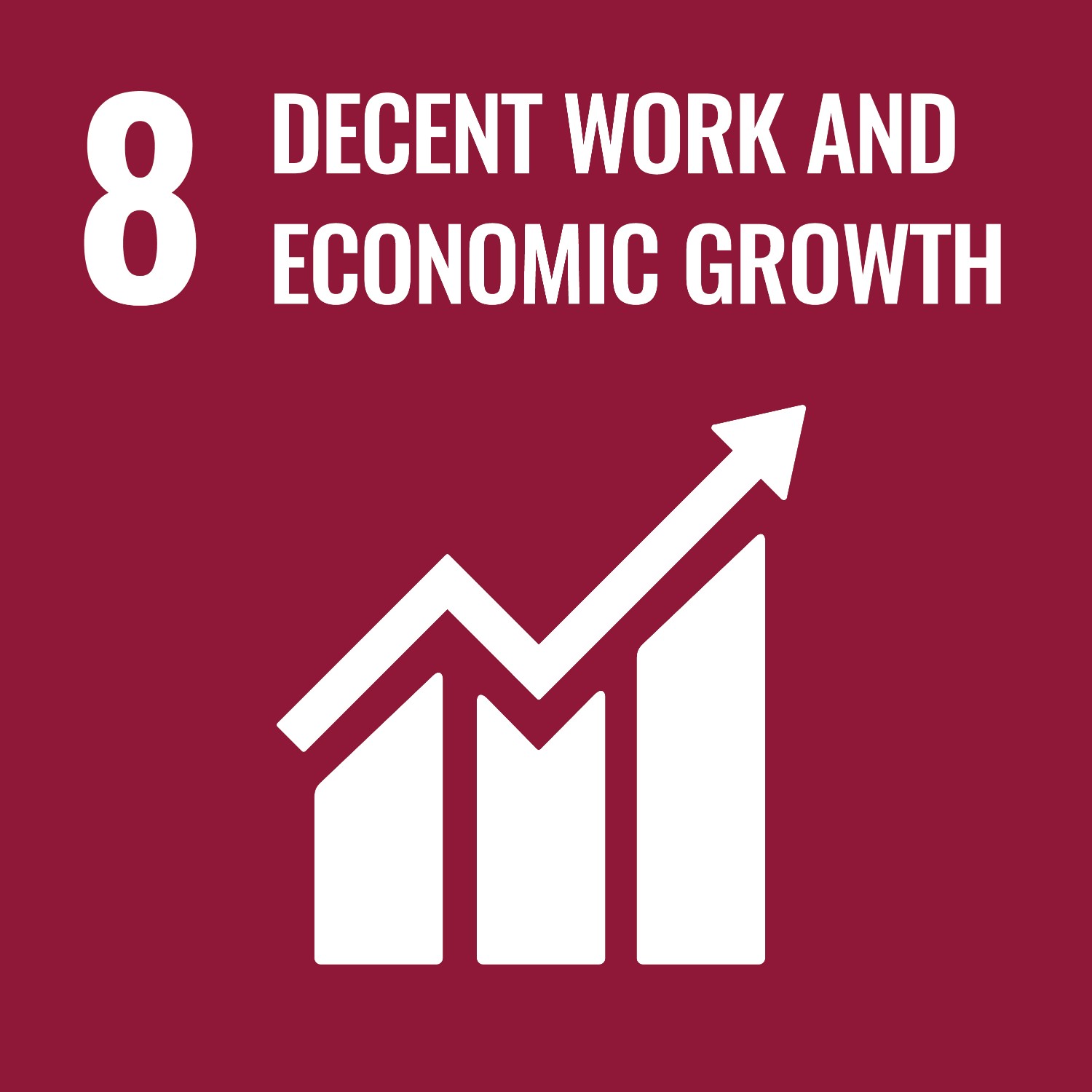 | 8.2 Higher levels of economic productivity | ||
| Doing good | 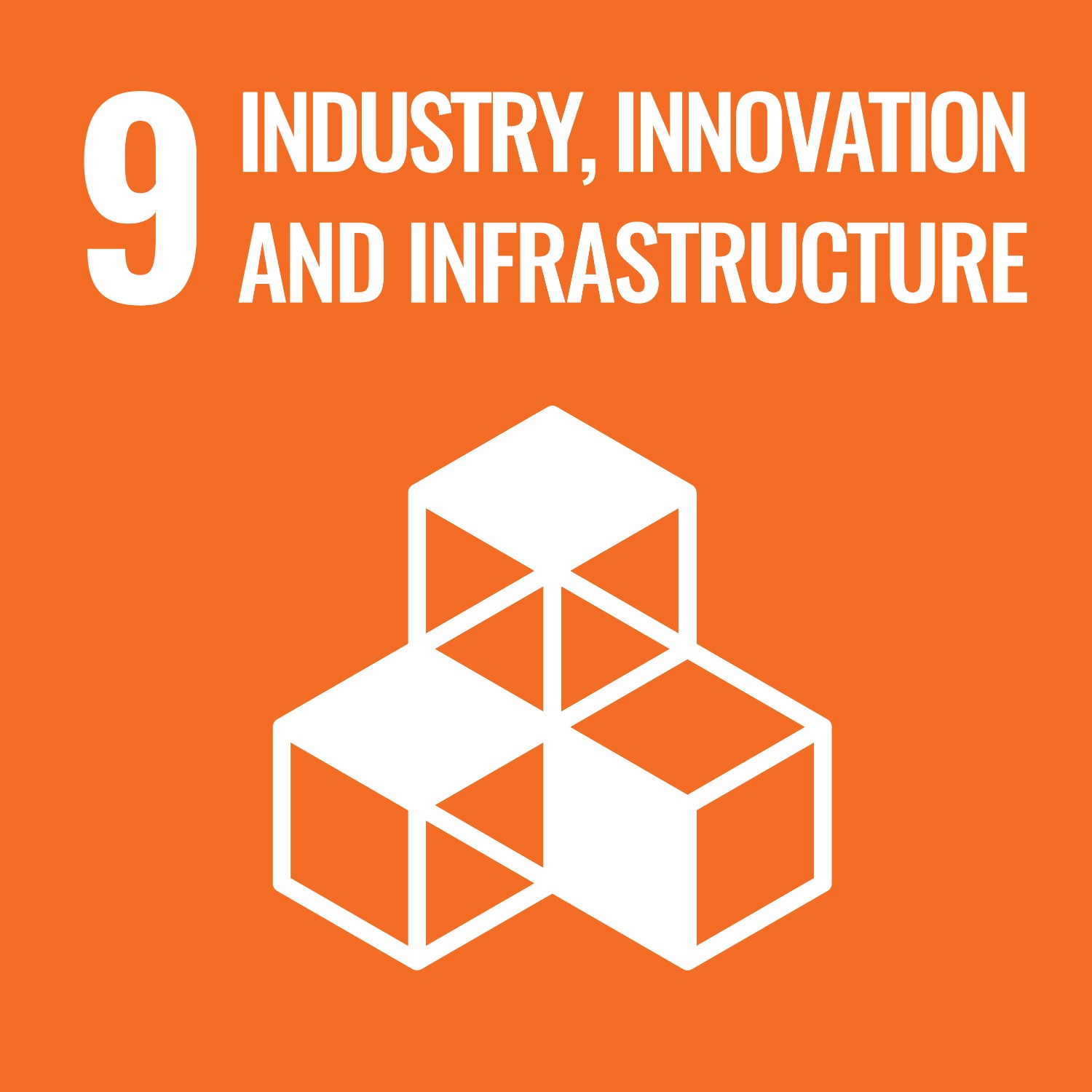 | 9.4 Upgrade infrastructure and retrofit business model to make it sustainable | |||
| Doing good |  | 9.5 Enhance scientific research and upgrade technological capabilities | |||
| Social value | Avoiding harm |  | 8.8 Labour rights, safe and secure work environment for all, equal pay | 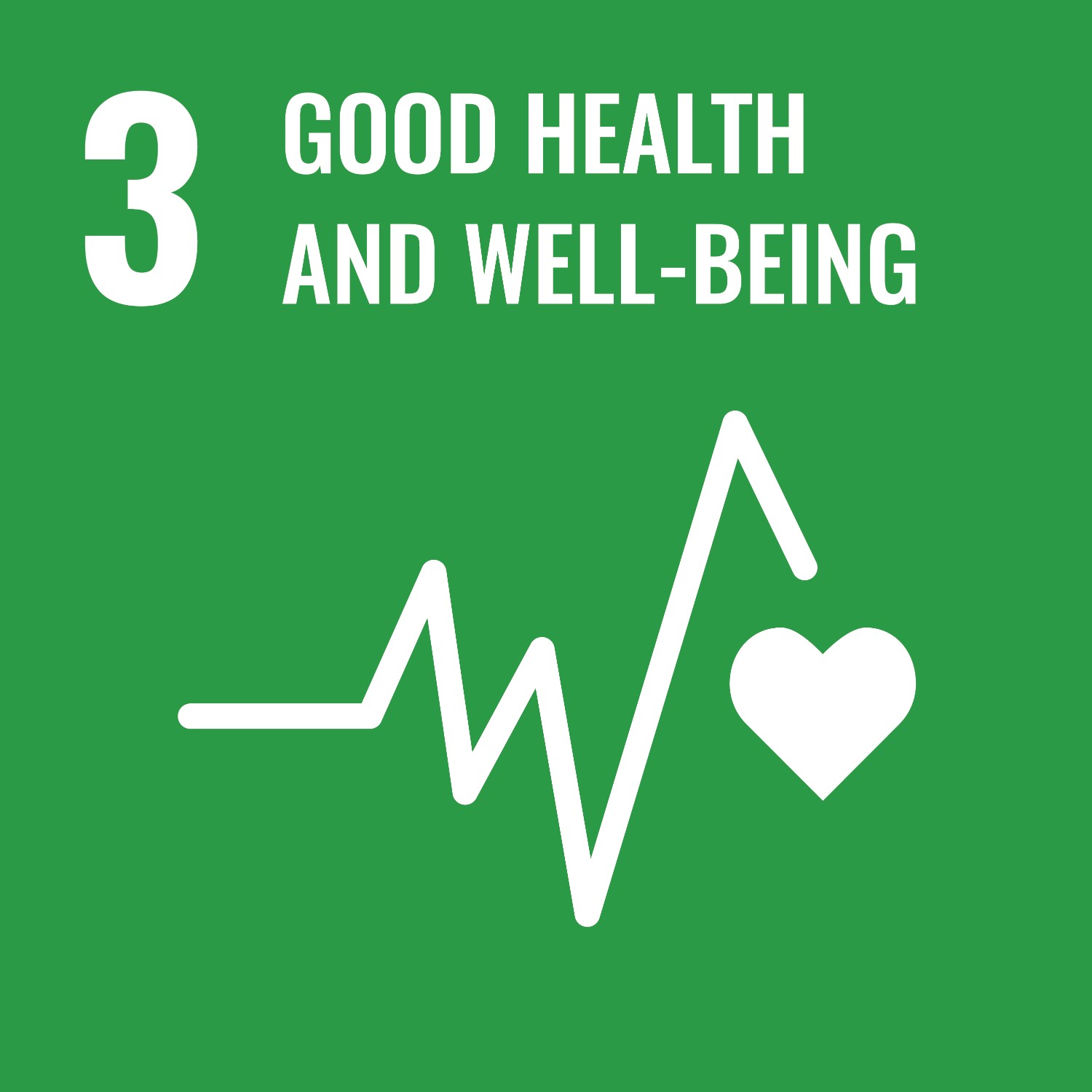 | 3.6 Road traffic accidents |
| Doing good |  | 8.5 Full and productive employment for all | 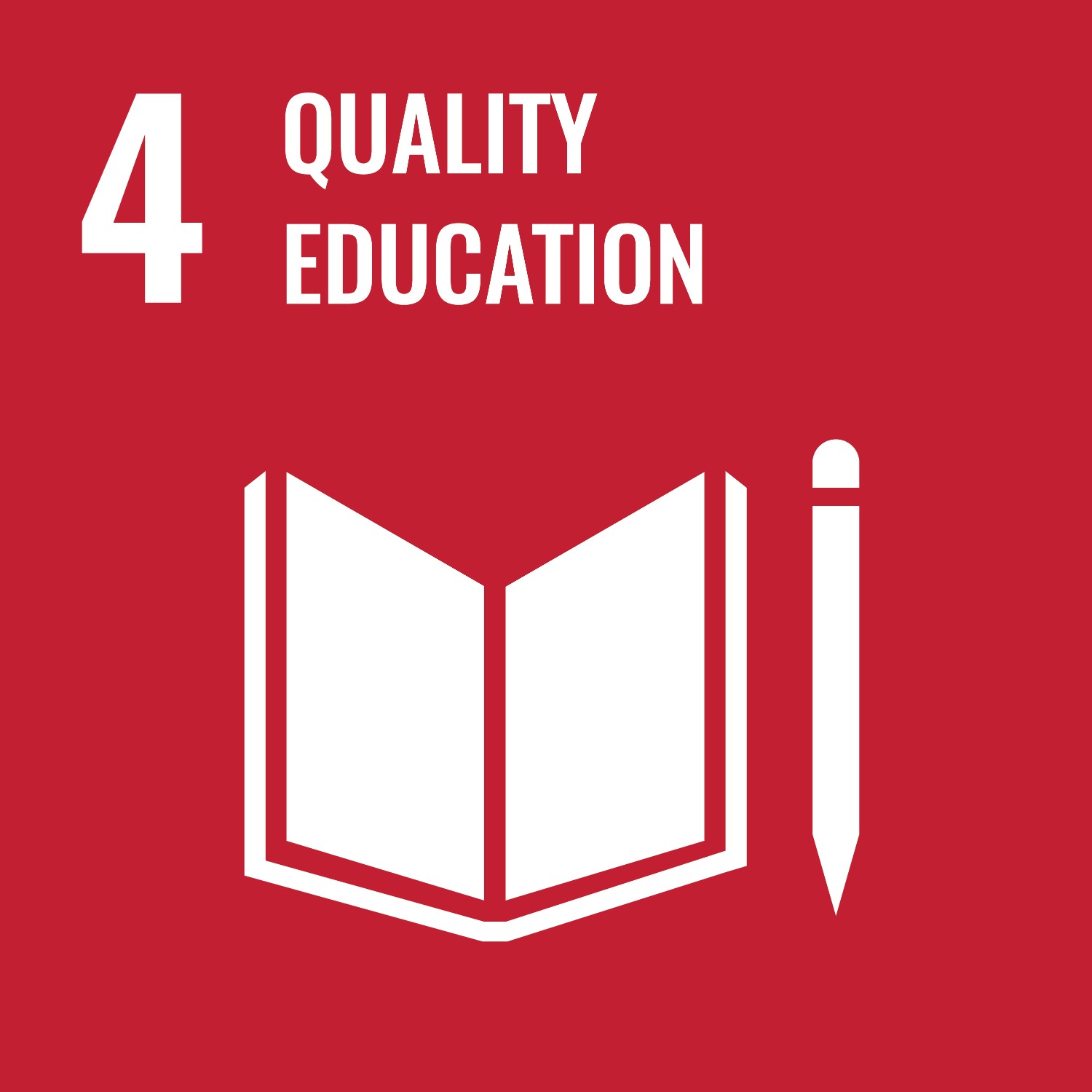 | 4.3, 4.5 Quality education | |
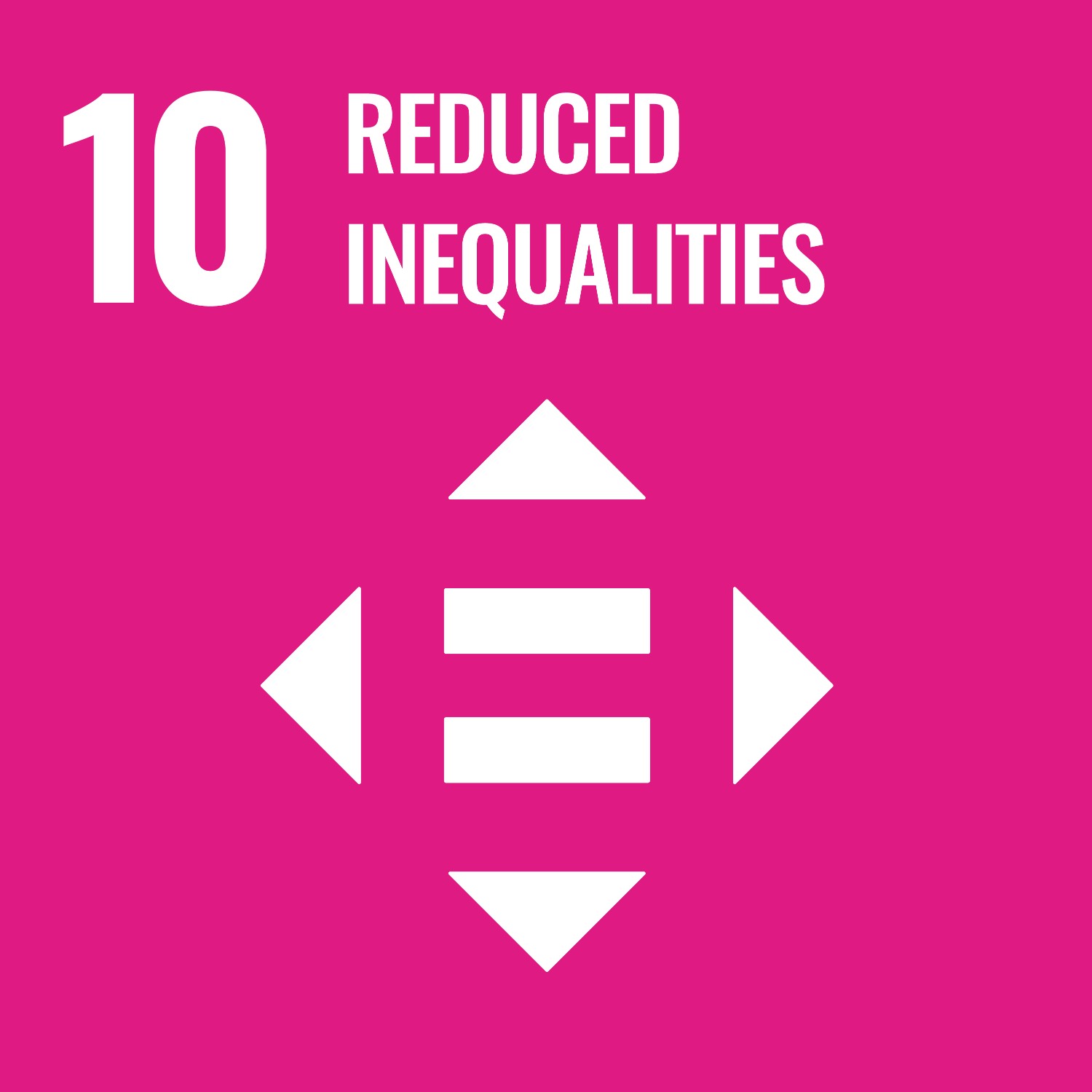 | 10.2 Promote inclusion of all | ||||
| Environmental value | Doing good |  | 9.4 Upgrade infrastructure and retrofit business model to make it sustainable | 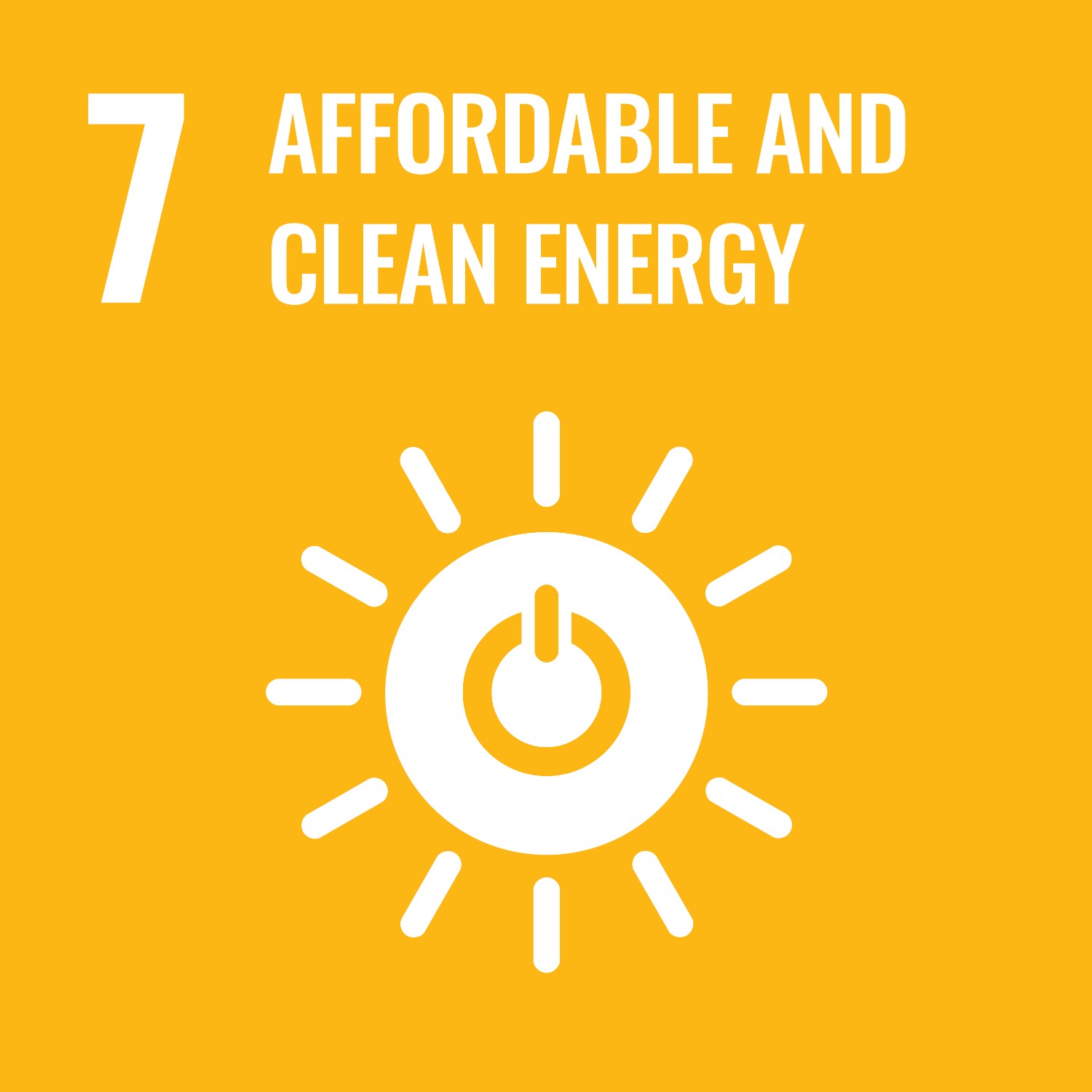 | 7.2 Increase the share of renewable energy |
| Avoiding harm | 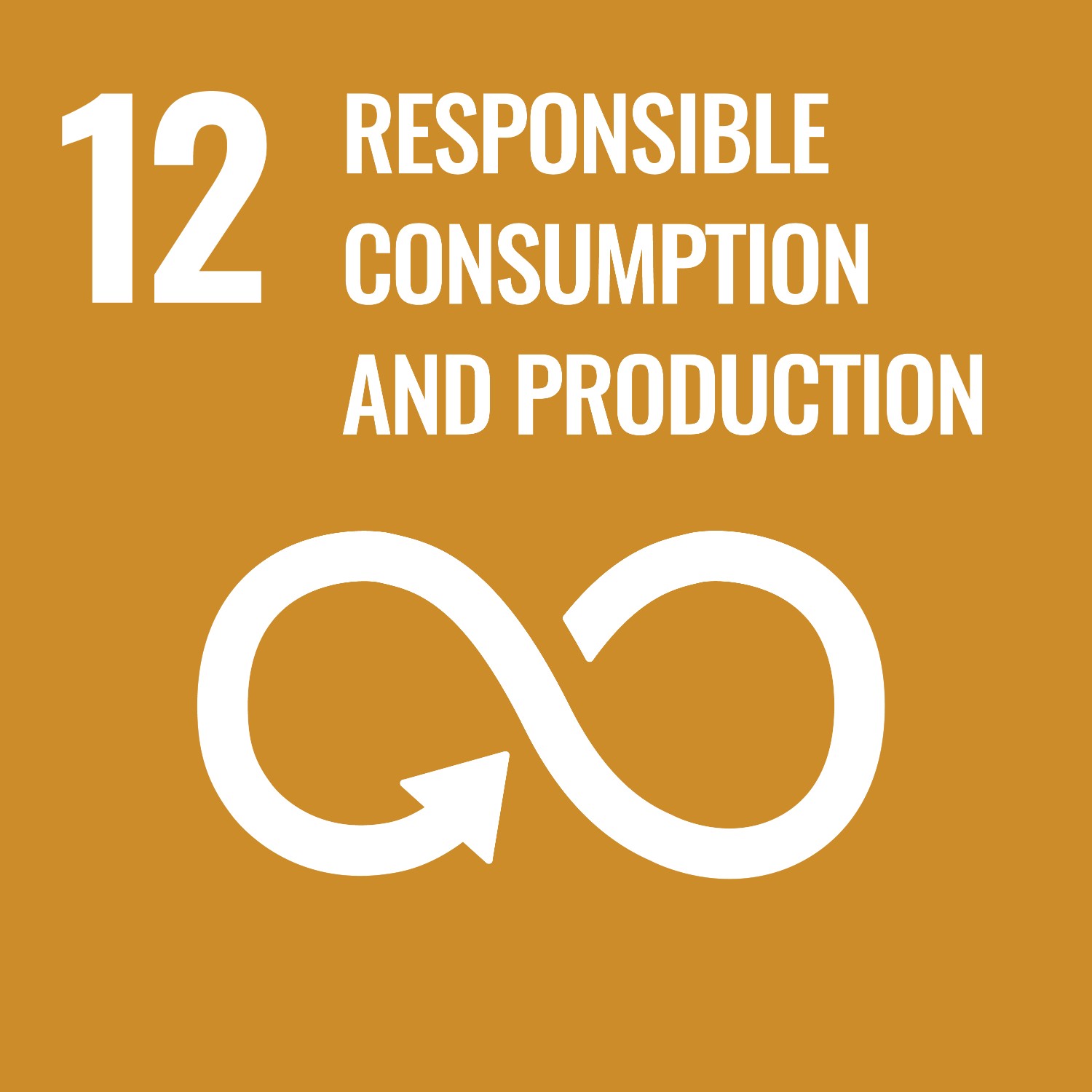 | 12.4 Management of chemicals and all wastes throughout their life cycle including reducing waste to land, air and water |  | 3.9 Reduce death and illness from pollution to air, land and water | |
| Avoiding harm | 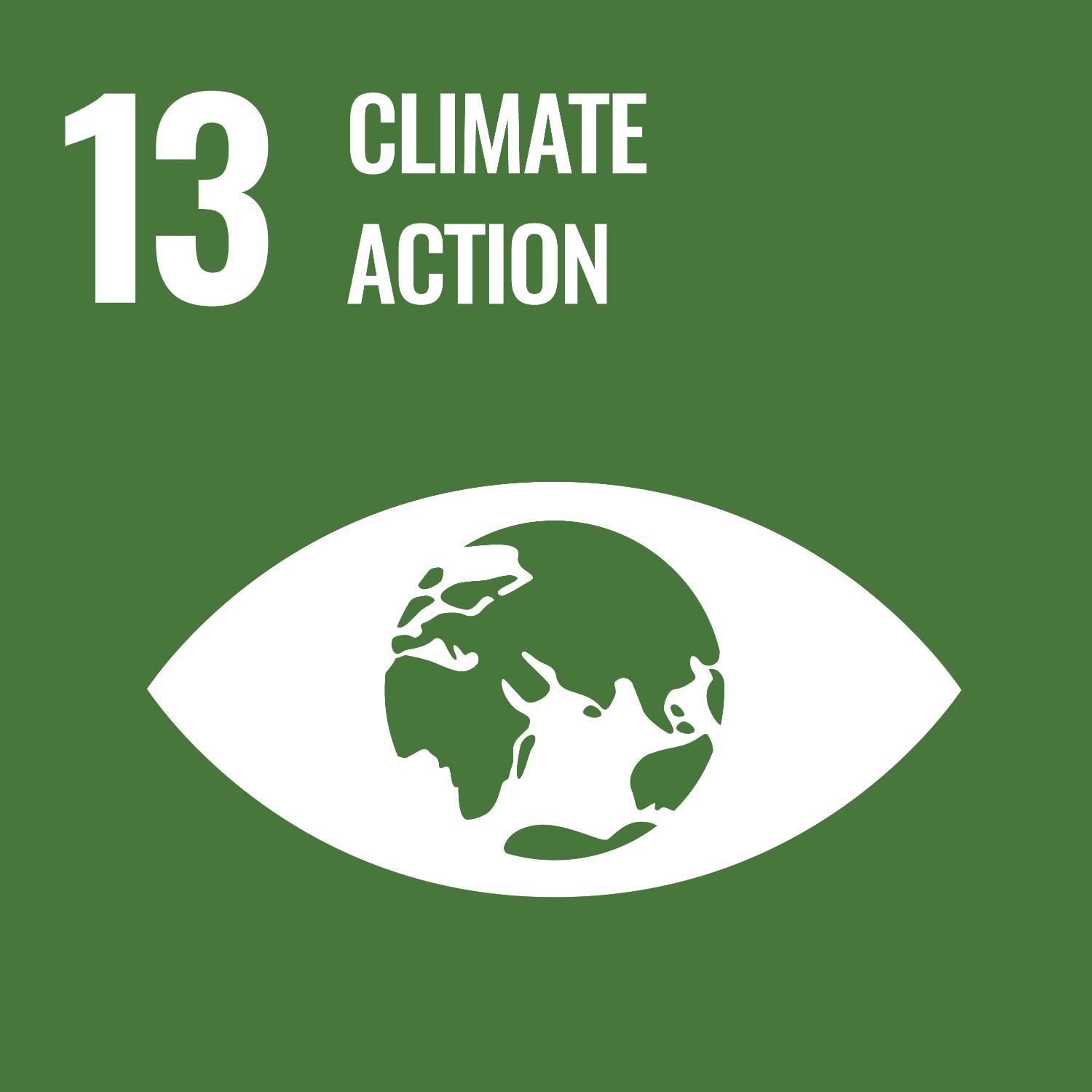 | 13.2 Implement climate change measures in strategy and planning | 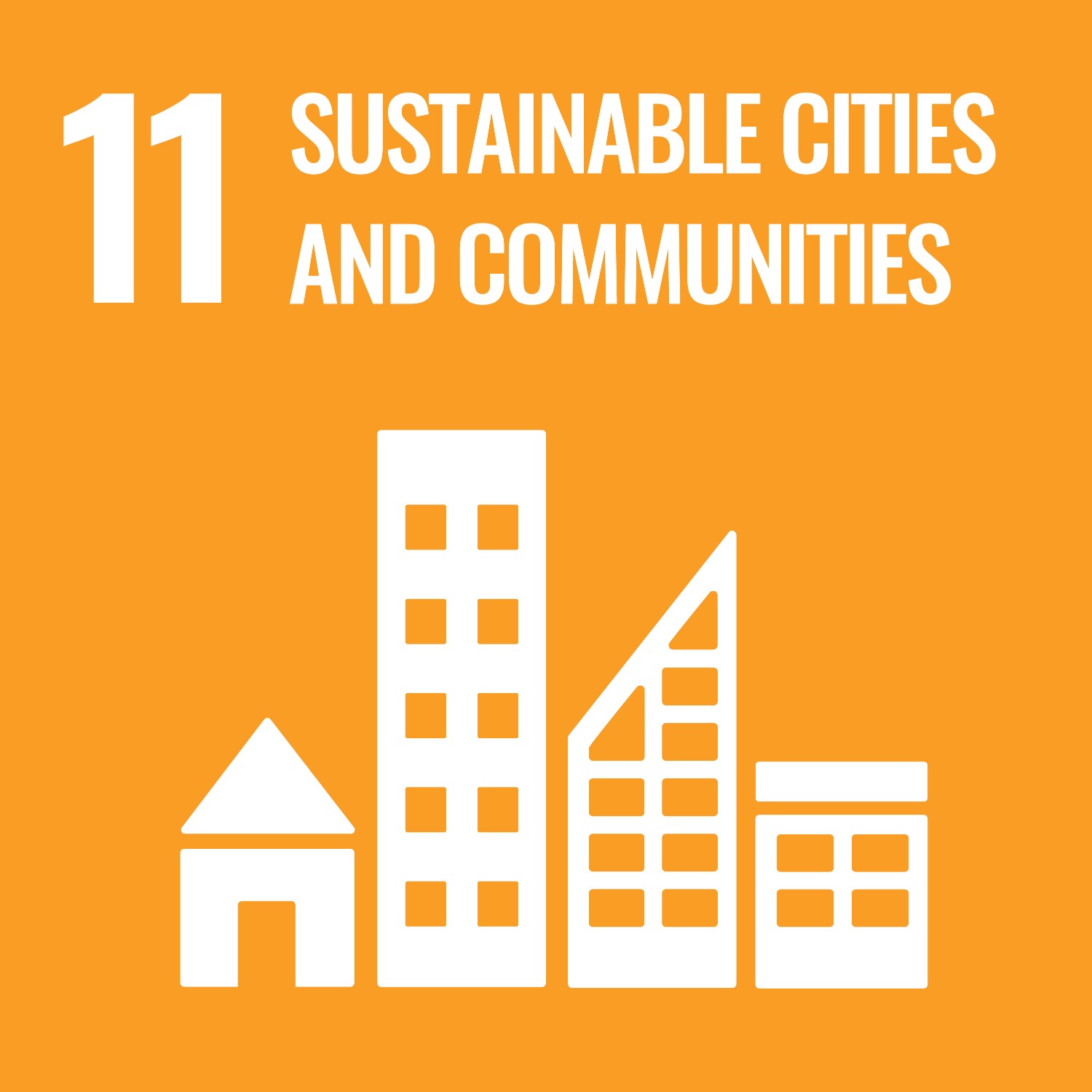 | 11.6 Reduce adverse impact on air quality; waste management | |
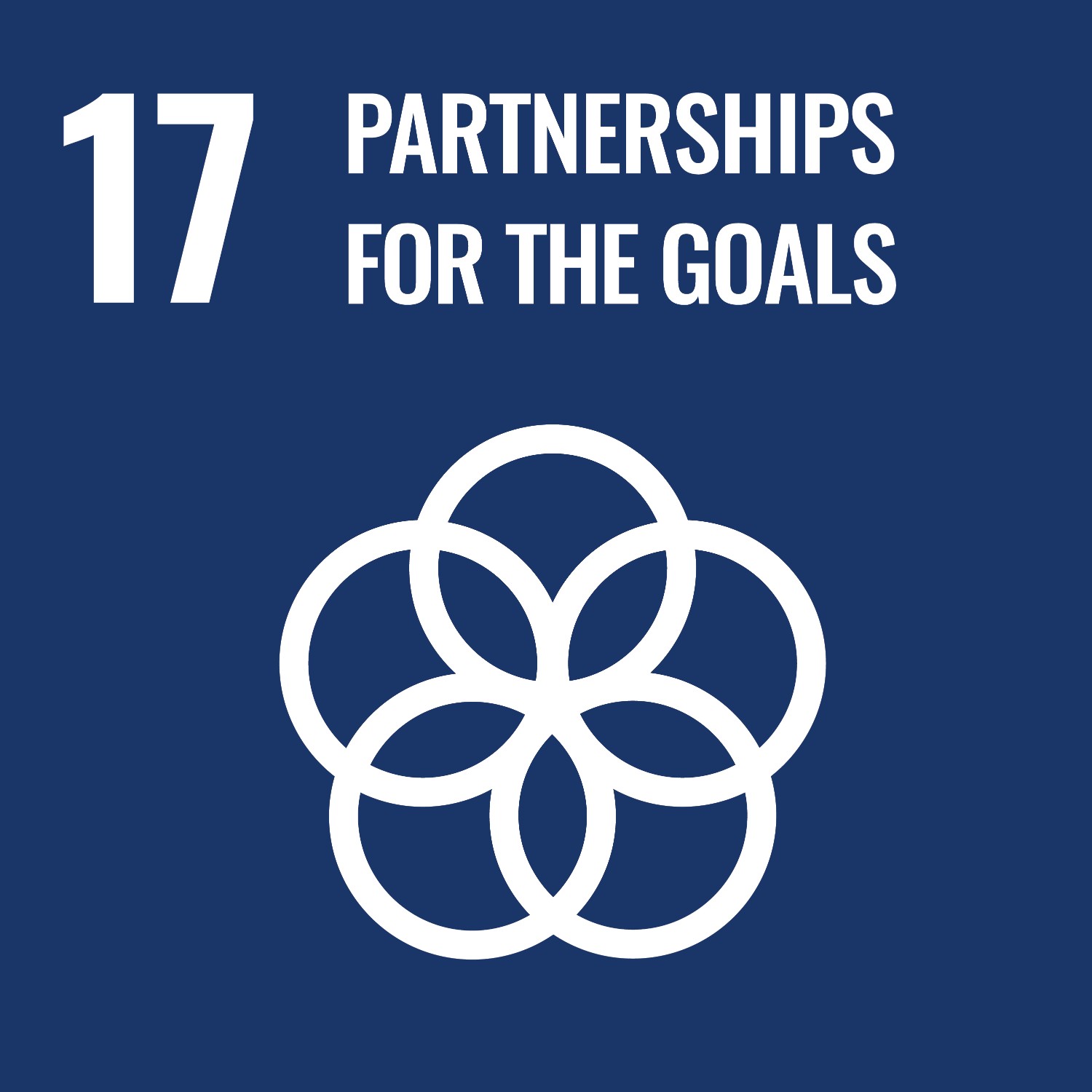 | 17.6 Enhance international cooperation on and access to technology and innovation | ||||
| Financial value | Doing good |  | 8.1 Contribute to economic growth | 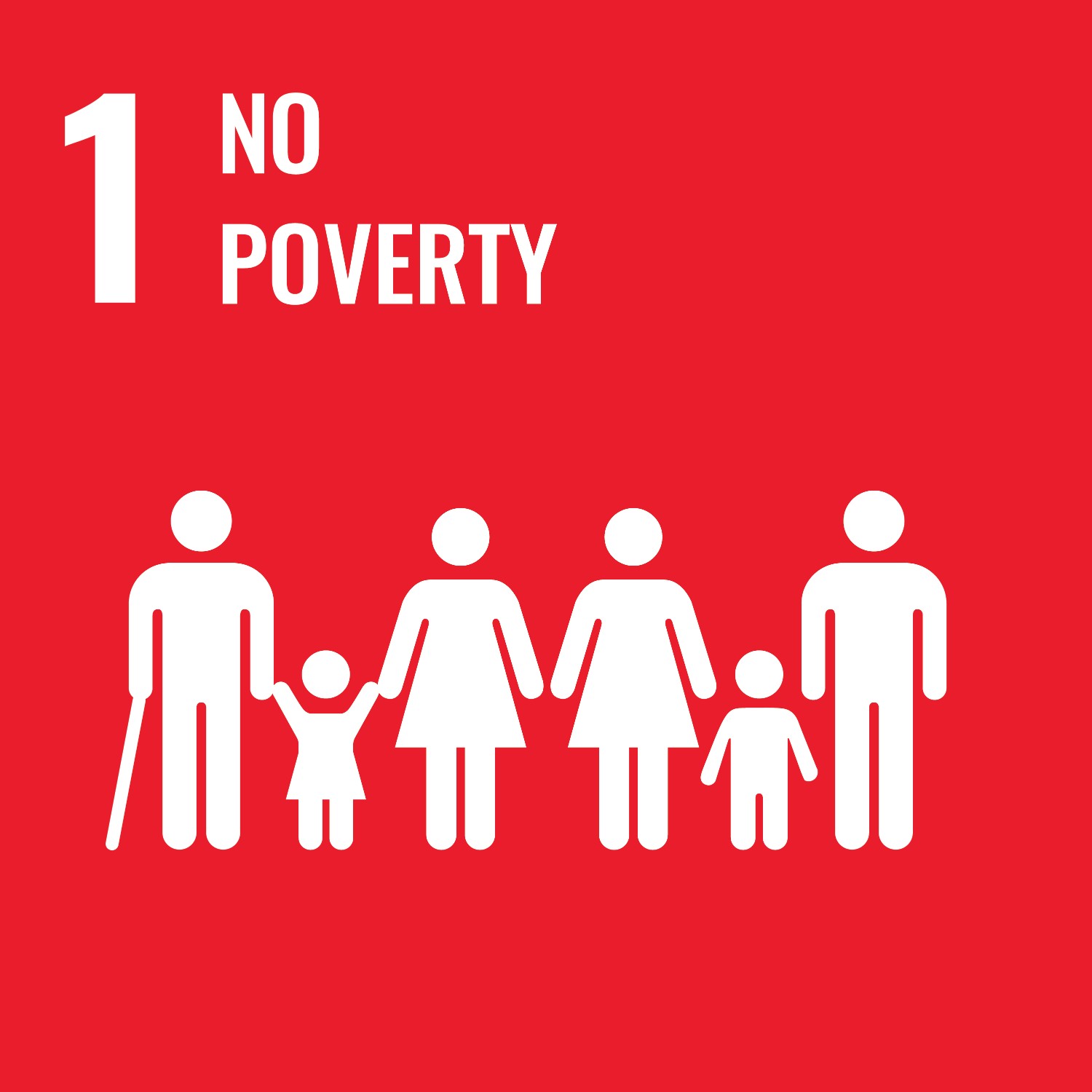 | 1.2 Reduce the proportion of men, women and children of all ages living in poverty |
Material methodologies, assumptions and definitions applied
The basis for preparation, including the material methodologies and assumptions applied in the preparation of this consolidated sustainability statement, are included at the relevant disclosures to the consolidated sustainability statement. This includes specific reporting definitions as presented on pages 379 to 382 in the Glossary and definitions appendix. These methodologies, assumptions and definitions have been consistently applied across the years presented, and consistently during the financial year under review, unless stated otherwise.
Note that the numbers presented in the sustainability statement and disclosures thereto may not sum precisely to the totals provided, and percentages may not precisely reflect the absolute figures due to rounding.
Reporting process to safeguard reporting quality
Long-term value creation requires companies to steer both on the financial and sustainability aspects of business. Certain sustainability aspects contribute directly or indirectly to financial performance, and often have a greater impact over the medium to long term. At PostNL, we believe that an integrated approach towards performance management is key to ensuring the company creates stakeholder value in the long run.
Integrated reporting as guidance
The Integrated Reporting framework of the International Integrated Reporting Council (IIRC) provides guidance on how companies should communicate about value creation. PostNL used the guiding principles and main content elements of the framework as input for this Annual Report. PostNL aims to further develop its corporate reporting communication on long-term value creation.
Quality principles
In line with the qualitative characteristics of information, PostNL applied high quality standards when preparing the sustainability statement in this Annual Report. This means that the company ensures that the information this report provides is:
- Accurate: Precise and with sufficient level of detail
- Balanced: Reflects relevant, and both positive and negative, aspects of performance
- Clear: Understandable and accessible for stakeholders
- Comparable: Consistent and allows for comparability over time
- Complete: Sufficient to assess impacts during the reporting period
- Sustainable context: About impacts of sustainable development
- Timely: Allow stakeholders to make informed decisions
- Verifiable: Auditable.
Processes, systems and controls
PostNL employs structured and formalised processes to record, validate, and consolidate sustainability data for both key performance indicators (KPIs) and ESRS data points.
ESG-related KPIs are integrated into the regular planning and control cycle, including budgeting, target setting, and periodic performance monitoring. We collect and report sustainability performance data on selected KPIs monthly, while other indicators are reported biannually or annually, depending on their nature.
Each reporting entity is responsible for managing its sustainability data and actively monitoring its performance. While most data is recorded in central PostNL systems, additional systems are used for certain entities and indicators. To ensure a seamless consolidation process, we use an integrated IT system that captures both financial and sustainability data. Certain indicators, such as employee engagement, are collected and processed centrally.
We aim to report based on actual data wherever possible. In some cases, we apply extrapolation to determine the performance of smaller entities, provided this yields reasonably predictable results. Further insights into the use of extrapolations can be found on page 378 in the Data extrapolation table in the Appendices.
To ensure consistent and reliable reporting, PostNL has established company-wide definitions for each KPI and ESRS data point. Additionally, we have implemented formal quality controls within our reporting system. Both data owners (first line) and the control department (second line) conduct decentralised and centralised analyses to assess accuracy, completeness, and explain unexpected trends. These controls form part of an integrated internal control framework, covering both financial and sustainability reporting.
However, the internal control framework for sustainability data is still maturing and not yet as advanced as that for financial reporting. This is due to inherent limitations, such as the evolving regulatory landscape, diverse data sources, manual processes, and limited automated controls. Over the coming years, we will take further steps to strengthen this framework.
Disclosures in relation to specific circumstances
To provide an understanding of the effect of specific circumstances on the preparation of the sustainability statement, we disclose upon these if applicable.
Time horizons
We define the time horizons for reporting purposes in line with ESRS 1, respectively:
- Short term: one year or less, 2025
- Medium term: two to five years, 2026 - 2030
- Long term: over five years, 2031 and later.
Value chain estimation
Our environmental, social and governance metrics predominantly cover our own operations. For certain information, we extend our reporting to the performance of relevant parties in our value chain.
Environmental metrics related to scope 3 GHG emissions include value chain data which includes estimates. No primary data is obtained from suppliers or other value chain partners to estimate the scope 3 GHG emissions. Our value chain consists of suppliers delivering goods and services as well as delivery partners for our outsourced transport activities. This includes the CO2e emissions and kilometres of our transport logistics partners, both in the Benelux and beyond, including truck, air and boat transport. We include all emissions for transport directly arranged by PostNL. This excludes first- and last-mile transport where PostNL is not involved in organising the logistics.
Social metrics related to fatalities, road traffic accidents with third party death and incidents of discrimination and complaints include actual value chain data. In addition to PostNL its own workforce, we report over fatalities of our work contracted-out and workers in the value chain working on PostNL sites, and the road traffic accidents with death of third party road users. Furthermore, we report on the full scope of incidents and complaints reported in our global platform. This means that we report the total number of incidents from both our own workforce and workers in the value chain.
Sources of estimation, outcome certainty and judgements
The preparation of PostNL's consolidated sustainability statement in accordance with ESRS requires management to make estimates and assumptions that affect the reported metrics. It also requires management to exercise its judgement in the process of applying PostNL’s methodology and assumptions.
PostNL strives to report the sustainability information as accurately and completely as possible. Due to inherent limitations in relation to the uncertainty of measurement equipment and/or availability of actual data, we use estimates, assumptions and judgements in our reporting. Estimates, assumptions and judgements are based on historical experience and other factors, including expectations of future events that are believed to be reasonable under the circumstances. The resulting management positions will, by definition, seldom equal the related actual results. On a continuous basis, we evaluate our expectations with the actual results, and include the learnings going forward. Where applicable, planned actions to improve the accuracy and outcome uncertainty of sustainability information in future annual reports are disclosed in the relevant material topic. The areas involving a higher degree of judgement or complexity, or areas where assumptions and estimates are significant to the consolidated sustainability statement, are disclosed below.
Environmental metrics
Emissions reporting provides inherent limitations to the accuracy of information. The main reason is the unavailability of data from contracted parties by PostNL about their factual transport kilometres, energy consumption and CO2e emissions. Actual emissions monitoring is not common and therefore conversion factors published by external institutes are used. PostNL used the following significant estimates to report its emissions.
Fuel consumption and kilometres of delivery partners
For delivery partners, we calculate the fuel consumption using kilometres based on planning or actual route information from our operational systems and the average fuel consumption of our own fleet of comparable vehicles. In order to make conservative estimations, we assume all delivery partners use diesel vans in those cases where we have no insight into the vehicles used. In 2019, we started to register information of vehicles used by delivery partners to obtain better insights in the vehicle mix. For those networks where we have this mix available, we use it to estimate the fuel consumption per vehicle type.
Kilometres transported by foot, bike and trucks
The kilometres covered by foot, bike or e-(cargo) bike consist of all kilometres made during deliveries. We use several sources to estimate the total kilometres based on chance of occurrence, volumes and number of times travelled to the retailer. The kilometres driven by our small and large trucks are based on actual data where available and processed through different systems. In situations where the actual data is not available or (automatic) processing of data leads to mismatches, we use (automatic) extrapolation of missing or implausible kilometre data based on average fuel consumption per kilometre.
Carbon emissions for international activities
For both road and air transport, PostNL calculates the tonne-kilometres carried based on the distance travelled (between the Netherlands and the hub of the destination) and the actual weight of the parcels and mail transported. For trucks, PostNL uses publicly available route planning information, and for air travel PostNL uses publicly available information (Great Circle Mapper) to calculate the great circle distance between airports. Carbon emissions are calculated based on publicly available emission factors per tonne-kilometre.
Carbon emissions for supplier goods and services and capital goods
Because no actual data is currently available from our suppliers to accurately calculate related CO2e emissions, we made estimations based on the amount of spend purchased. The total spend was broken down in product categories. The spend per product category was multiplied with a corresponding generic factor which states the associated CO2e emissions per euro spend.
Emissions conversion factors
PostNL uses several sources for the emissions conversion factors, which have a scientific basis involving judgment but are considered reliable and among the most common sources:
- CO2emissiefactoren.nl; the tank-to-wheel (TTW) carbon conversion factors from activity data to CO2e emissions published by the independent Dutch initiative tied to the government "CO2emissiefactoren.nl". The carbon conversion factors are updated upfront annually. For 2024 reporting, we used the conversion factors published in 2023. This initiative manages a uniform list of factors commonly used and scientifically based for the Dutch context.
- Department for Environment, Food & Rural Affairs (DEFRA); this UK institute provides CO2e conversion factors used to calculate CO2e emissions based on tonne-kilometres (tkm) needed for our international truck routes.
- International Energy Agency (IEA); the carbon conversion factors of electricity use outside the Netherlands are not provided by CO2emissiefactoren.nl, so PostNL uses the factors published by the International Energy Agency (IEA), an autonomous body in the framework of the OECD.
- Parcel Delivery Environmental Footprint (PDEF - prEN 17873); emission factors for particle matter (PM10, PM2.5) for brake, tyre and road surface wear.
The most recent Global Warming Potential (GWP) values published by the IPCC based on a 100-year time horizon are used to calculate the above conversion factors.
Energy consumption and NOx and PM10/PM2.5 emissions
We use standard, publicly available Dutch energy conversion factors to convert activity data from buildings and vehicles to energy consumption in megawatt hours (MWh). The emissions of NOx (nitrogen oxides) and PM10/PM2.5 (particle matter) are not directly related to the usage of combustion fuels, but depend mainly on the efficiency of the engines of vehicles. Because the actual emissions of NOx and PM10/PM2.5 are not measured, we use the maximum allowed emissions for the various European emission standards of vehicles we use (Euro 5 or Euro 6) in grammes per kilometre. By using the maximum allowed emissions, PostNL reports the NOx and PM10/PM2.5 tailpipe emissions conservatively. In addition to particle matter caused by combustion, we also report on PM10 and PM2.5 caused by brake, tyre and road surface wear by using emission factors of PDEF.
Resource inflows
The scope of resource inflows is limited to selected products and supplier responses applicable to our locations in the Netherlands included in the pilot over the period July 2023 until June 2024, resulting in a supplier response rate of 81%. Where weight data was missing, established methodologies were used to scale figures, to provide a comprehensive view.
Social metrics
We have applied estimation and judgement to be able to report on the recordable accident CSRD definition. Based on a statistical sample, we have classified the recordable work-related accidents according to the CSRD definition.
Governance metrics
We report on the full scope of our suppliers for our payment practices, which includes both large and small and medium enterprises (SMEs), and provide a reliable proxy for the payment practices of the SMEs.
Extrapolation of lacking or missing data
We strive to report sustainability performance data based on actuals as much as possible. We may use extrapolation of results of large entities to determine the performance of smaller entities. This reduces the administrative tasks for smaller entities. We only use this method in cases where the extrapolations are reasonably predictable. More information can be found on page 378 in the Data extrapolation sustainability statement in the Appendices.
Significant judgements
PostNL applies significant judgements for metrics by applying statistical sampling. Employee engagement and delivery quality of mail are key performance indicators measured on a sample basis. PostNL aims to report performance data that provides a representative view of the population from which the sample is taken. To achieve this representativeness, PostNL ensures the sample sizes are statistically sufficient and include all different sub-populations to justify our assumption that the result of the measurement represents the view of the entire population for the indicators mentioned.
Forward-looking information
Some statements in this Annual Report are 'forward-looking statements', including prospective information such as ambitions, plans, objectives, targets and expectations. By their nature, 'forward-looking statements' involve risk and uncertainty because they relate to and depend on circumstances that occur in the future. These statements involve known and unknown risks, uncertainties and other factors that are beyond PostNL’s control and impossible to predict and may cause actual results to differ materially from any future results expressed or implied. They are based on current expectations, estimates, forecasts, analyses and projections about the industries in which PostNL operates and PostNL management’s beliefs and assumptions about future events.
Undue reliance cannot be placed on these 'forward-looking statements' by readers of this Annual Report, and these statements only speak as of the date of this Annual Report and are neither predictions nor guarantees of future events or circumstances. PostNL does not undertake any obligation to release publicly any revisions to these statements to reflect events or circumstances after the date of this Annual Report or to reflect the occurrence of unanticipated events, except as may be required under applicable securities laws.
Changes in preparation or presentation of the sustainability information
Developments in business, reporting requirements and methodology improvements influence the way PostNL measures, calculates and reports its performance data. In addition, we are continuously trying to improve data reliability and our methodologies. No disclosures stem from other legislation or generally accepted sustainability reporting pronouncements.
In preparation for the implementation of the Corporate Sustainability Reporting Directive (CSRD) in 2024, we have, for the first time, aligned our metrics with the requirements set out in the European Sustainability Reporting Standards (ESRS). This alignment may have resulted in adjustments to the compilation or calculation of certain metrics, or in modifications to the way our data is presented, in accordance with the prescribed methodologies or tables, compared to previous years.
As 2024 marks the first year of application of the CSRD, no prior period errors are identified that need to be disclosed and PostNL is not required to disclose comparative information for previous years. However, where practicable, we have included quantitative data from prior financial years to provide context and enhance transparency. Comparative information is only reported where it can be obtained, calculated, and presented with reasonable effort—particularly in instances where the data closely correlates with metrics disclosed in previous reporting periods.
Incorporation by reference
To ensure compliance with ESRS disclosure requirements while maintaining a structured and coherent report, we apply incorporation by reference where appropriate. This approach allows us to avoid duplication and present relevant information in the most meaningful context within our Annual Report.
Whenever a disclosure requirement, including a specific data point, is incorporated by reference, we explicitly indicate this in the sustainability statement through a chapter and page reference.
Additionally, we refer to other relevant sections of the Annual Report to provide a comprehensive and interconnected view of our integrated reporting, ensuring that related information can be read in its proper context.
External assurance
In addition to the internal controls and internal audit, we engaged KPMG as our independent external auditor to provide limited assurance on the information in the sustainability statement.